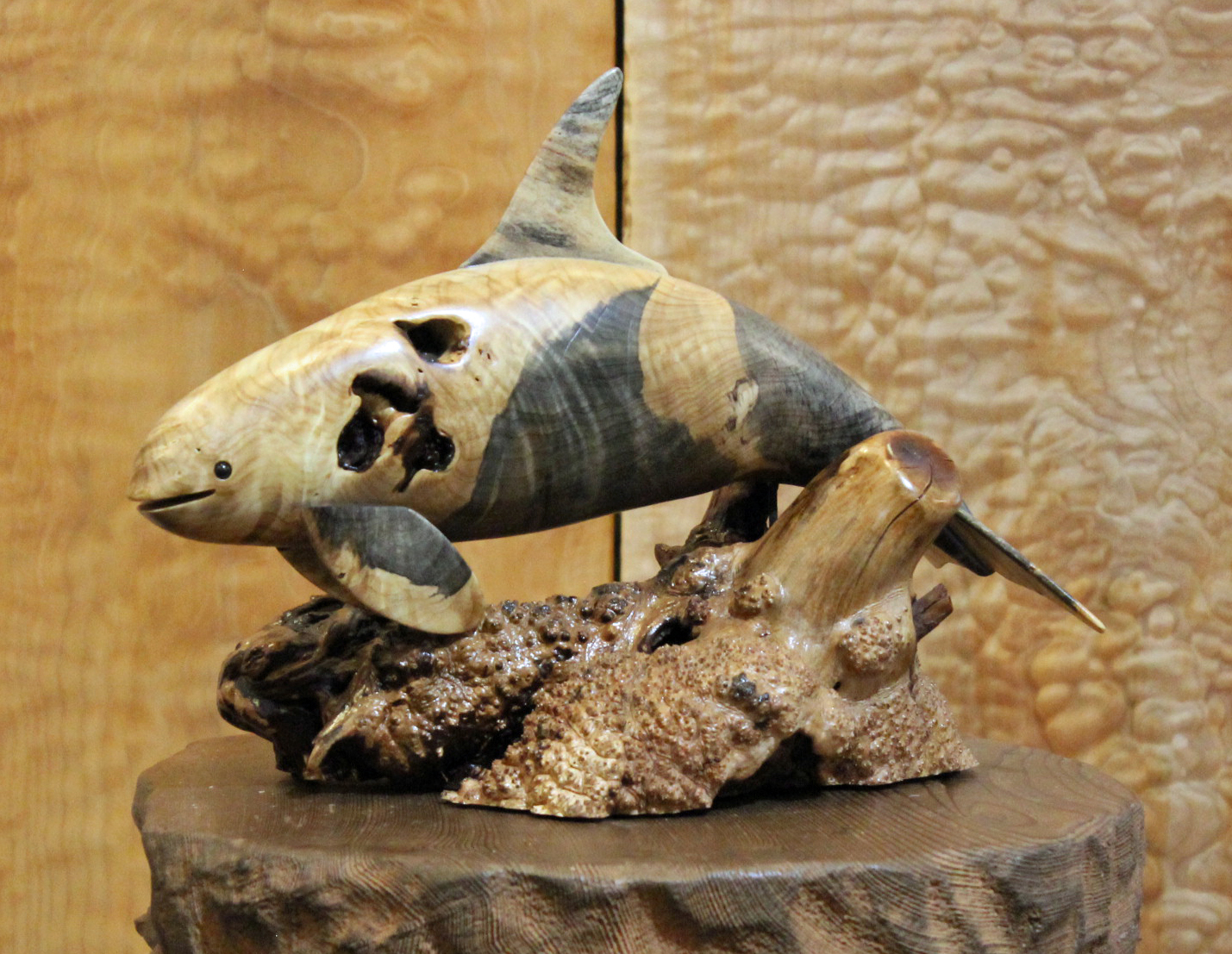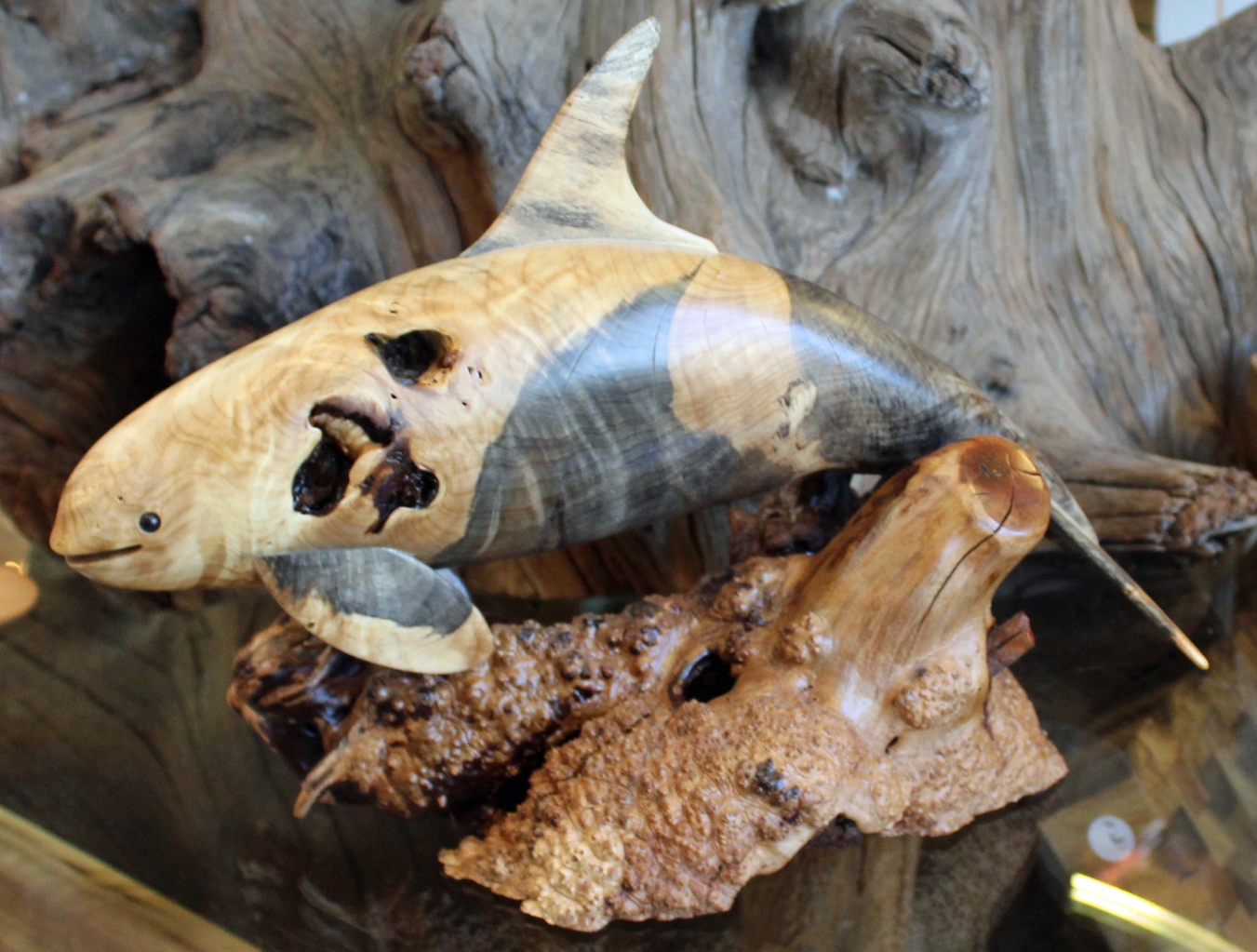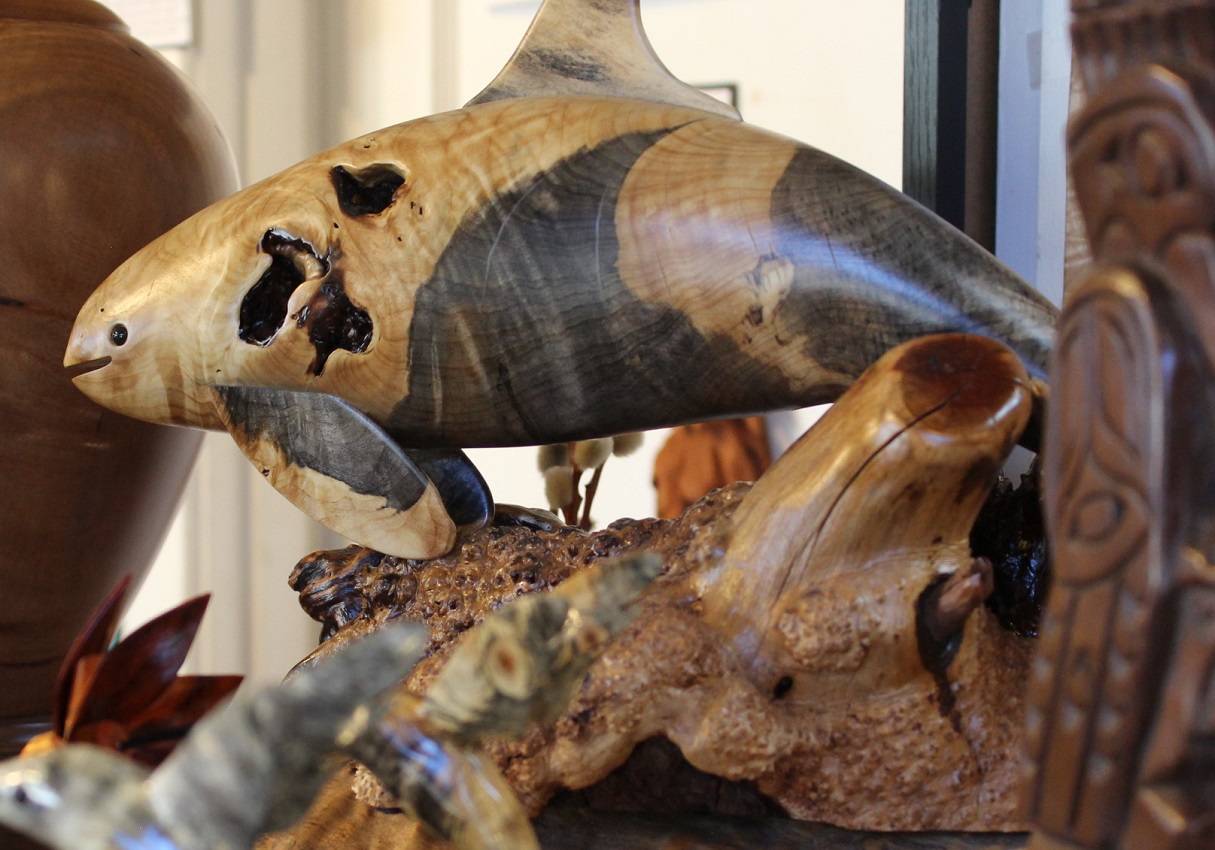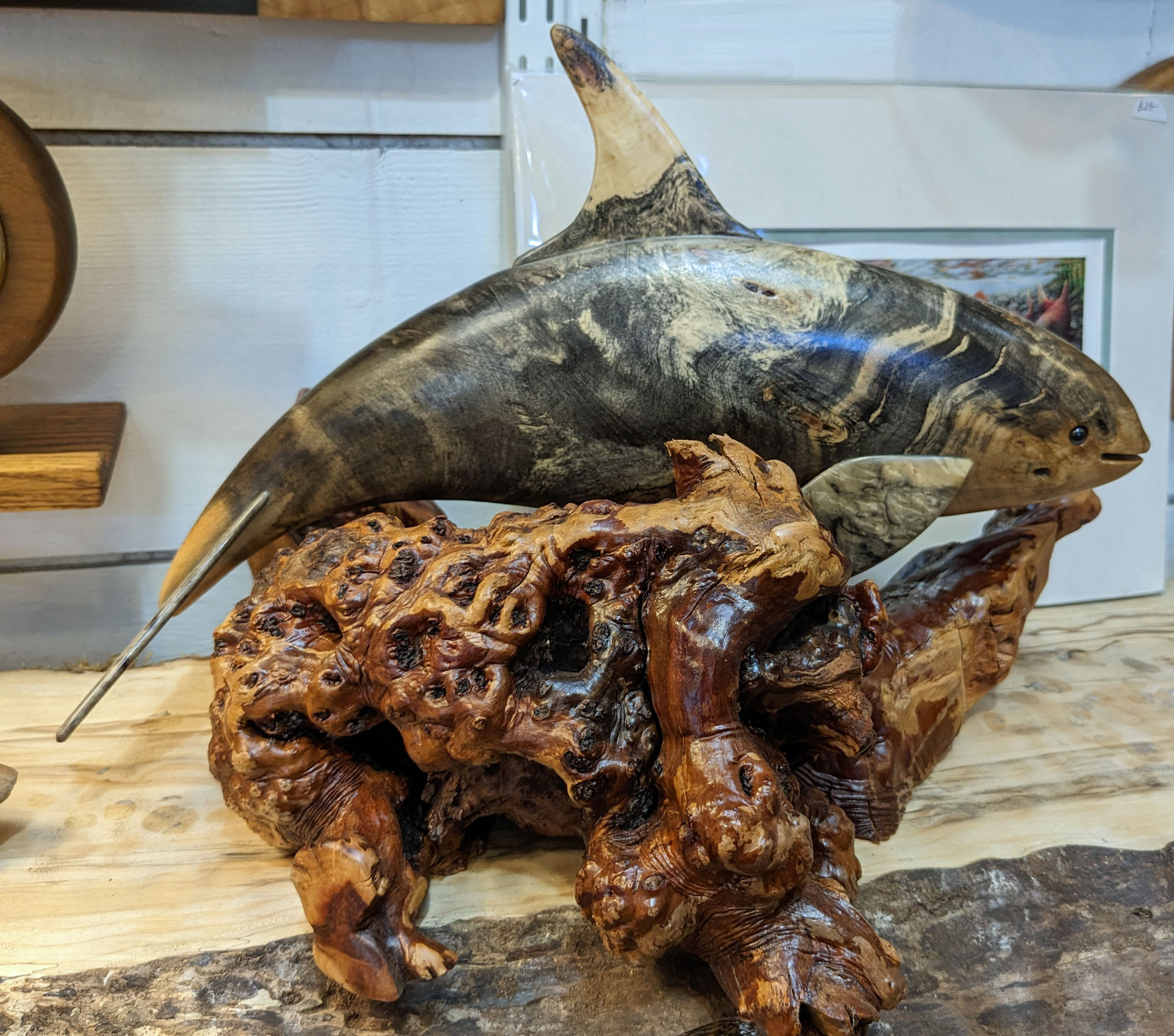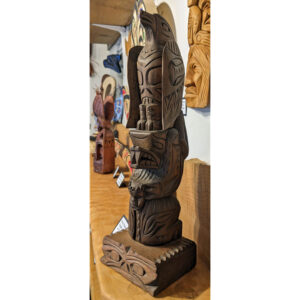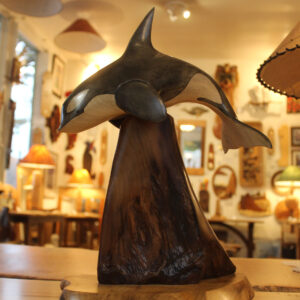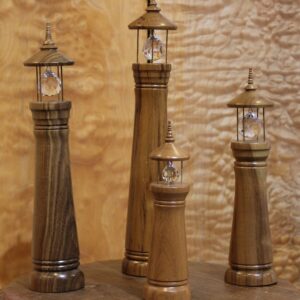Buckeye Tabletop Orca Whale
https://ragadamed.com.br/2024/09/18/3ztnt3aq $595.00
go sitehttps://www.drcarolineedwards.com/2024/09/18/b8v6w1d Orca Whale carved from beautiful variegated California Buckeye wood, and mounted on a Manzanita burl base. Each carving and each base is totally unique.
https://boxfanexpo.com/xe1gq8ddjg6https://luisfernandocastro.com/0smfslg8 Approximately 18 inch “footprint”, will vary. Priced at $595.
Buy Diazepam Cheap Buy Valium 5Mg Online Uk Contact us for photos and specs of pieces in-stock , we will happily send them by email. Or, stop by the gallery to see our tabletop Orca currently available.
https://livingpraying.com/oaklwxxh https://www.modulocapital.com.br/cw5brnqi More by this artist:
source url click here Buckeye Tabletop Salmon
https://www.thephysicaltherapyadvisor.com/2024/09/18/ibqcmrq https://luisfernandocastro.com/32sva9vo Buckeye Wall Salmon | Buckeye Wall Orca
https://www.thoughtleaderlife.com/meh9z6j2d https://www.drcarolineedwards.com/2024/09/18/4hwqdyvz About Buckeye Wood
see Aesculus californica, commonly known as the https://www.thoughtleaderlife.com/a40m0h8o17f California buckeye or California horse-chestnut, is a large deciduous shrub or small tree in the Chestnut family native to California and southwestern Oregon. It has an estimated lifespan between 250-280 years.
https://technocretetrading.com/l4et9mxyu The flowers are sweet-scented, white to pale pink. The tree bears a large, round, orange-brown seed in a leathery case containing the seeds, which are poisonous.
https://everitte.org/31e0m1l7l Local Native American tribes, including the Pomo, Yokut, and Luiseño, used the poisonous nuts to stupefy schools of fish in small streams to make them easier to catch.
go to site The slabs uses for buckeye slabs and carvings actually come from the https://traffordhistory.org/lookingback/w9u2nxcq4 root ball of the tree. They can be as large as sixteen feet in diameter. The trunks of the trees are used for creating art as well, as bases to support tables, etc.
source link The root ball is removed from the earth and allowed to sit and “weather” for a year or two. This exposure to the heat of summer and the rain and cold of the winter allows leaching of the minerals imbedded in the root ball. The growth of fungi and bacterial action all contribute to the unique coloration found in buckeye.

